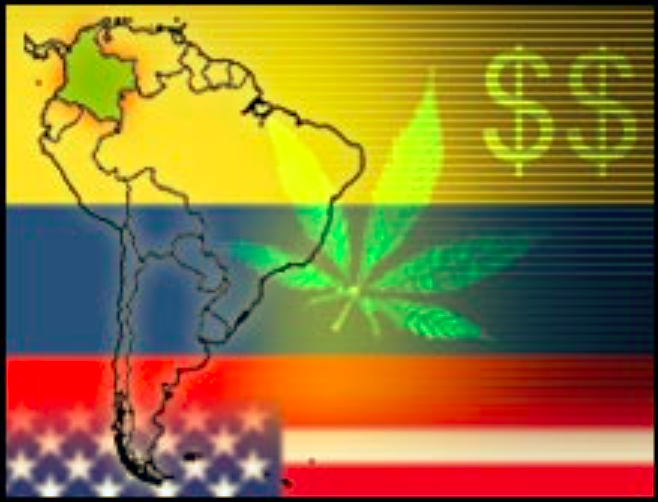RIO DE JANEIRO, BRAZIL – The United States, Colombia’s main ally in the continent, has been relying for decades on controlling drug trafficking that originates in the South American country.
However, through a press release, the Office of National Drug Control Policy (ONDCP) announced a change in the approach to the problem, which will now focus on the protection and development of rural areas.
The United States, led by President Joe Biden, will have three approaches to the fight against drugs. First, it intends to continue reducing the supply of drugs. In this way, as it has been doing, laboratories will be destroyed, and, in turn, efforts against money laundering and prosecution of criminals will be strengthened.
Read also: Check out our coverage on Colombia
Second, the ONDCP considers it extremely important to comply with the Peace Agreements reached in Havana with the former FARC guerrillas. This seeks to improve security and development in rural areas of Colombia, with additional efforts in investment and in facilitating access to justice.

It also seeks to protect social leaders – who are subject to threats and assassinations in Colombia – reduce economic dependence on coca leaf in certain areas, expand regulation of land titles, and formalize land for other productive activities. This would also change how both countries measure success in controlling planting territories.
Third, the United States emphasized that this fight against drugs must focus on environmental protection and criminals’ harmful actions against the ecosystem. It even mentions the restoration of tropical rainforests, elimination of coca crops, and fierce opposition to “sanctuaries for illegal armed groups”.
The United States will have support and vigilance against environmental crimes committed in the fight against drugs in rural areas. This is because drug traffickers have a “profoundly negative impact on the environment in Colombia and the Amazon region”.
“The strategy recognizes the importance of security, justice, economic development, and environmental protection,” said Regina LaBelle, director in charge of the ONDCP. According to Europa Press, the official also stressed that this aims to reduce the availability of substances in both territories, guarantee security in rural areas of Colombia.
Despite the rethinking, the communiqué does not mention a position against or in favor of the spraying of glyphosate. This potentially harmful substance is also causing controversy in the U.S. Congress with respect to the case of Colombia.
Antony Blinken, Secretary of State, emphasized in his visit to Colombia that the goal is to reduce the demand for narcotics that feed illicit activity, but did not refer to the controversy of the substance that has been suspended in the country since a ruling by the Constitutional Court in 2015.
According to the same authority, drug crops in Colombia presented a reduction in 2020, bringing them to 143,000 hectares, a decrease of 7% compared to 2019. The report estimates that the Colombian government’s eradication consisted of more than 130,000 hectares and an interception of more than 580 metric tons of cocaine and cocaine base.

